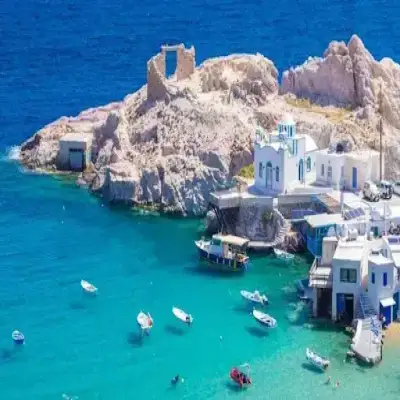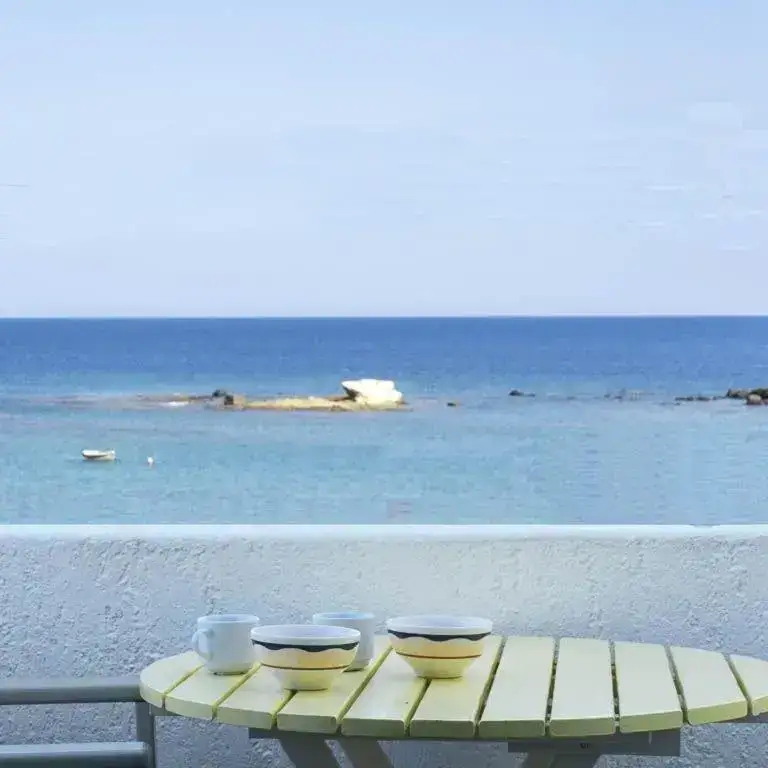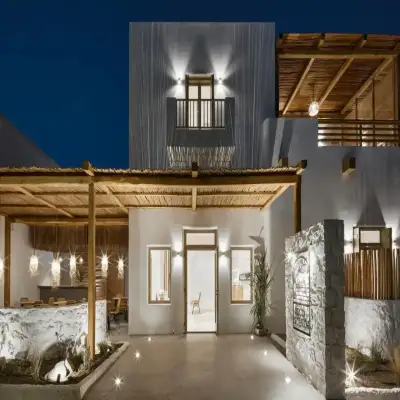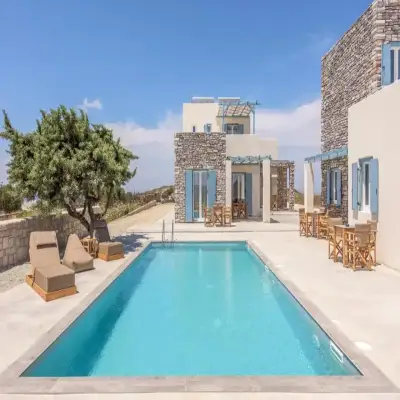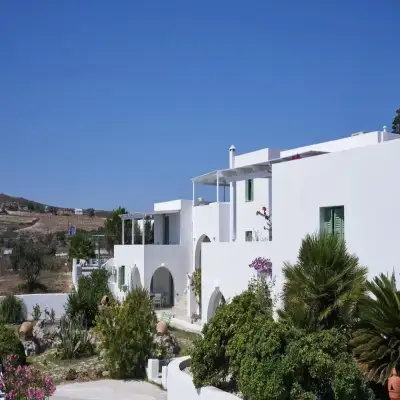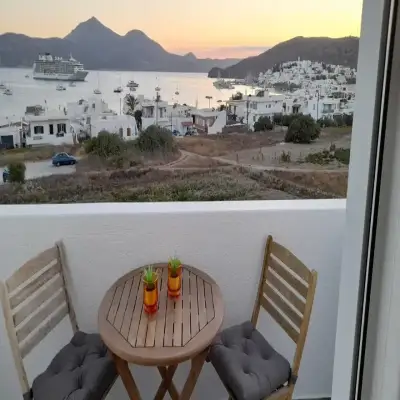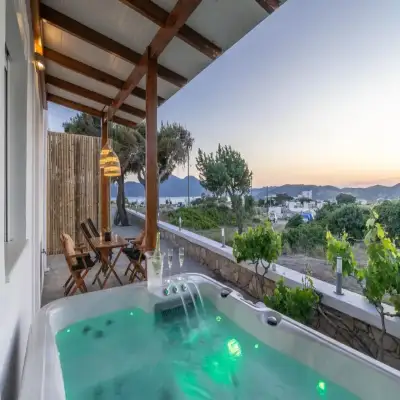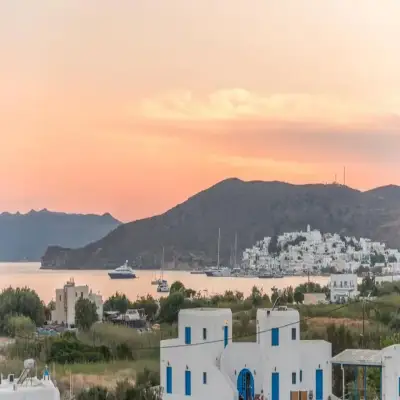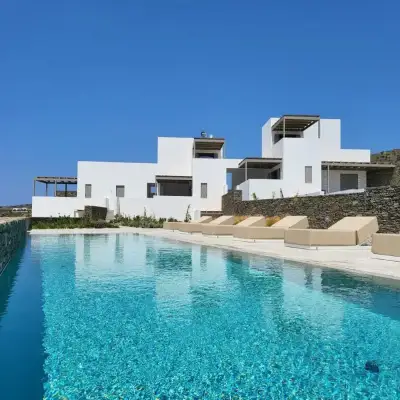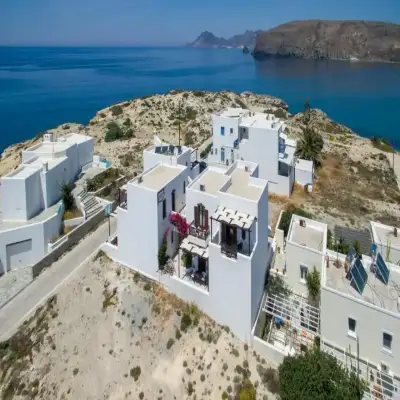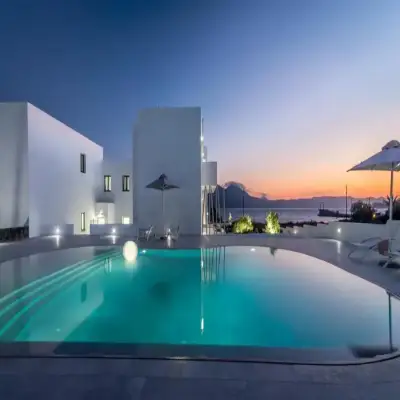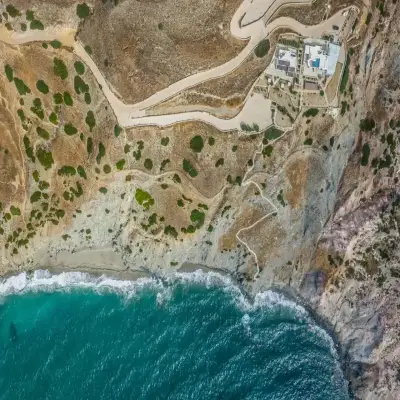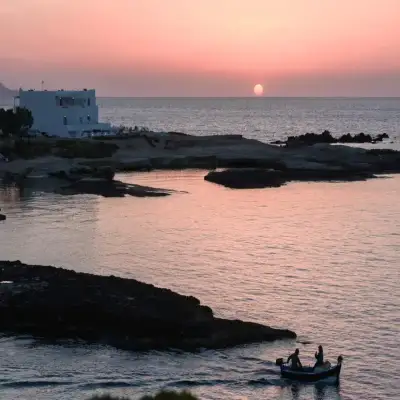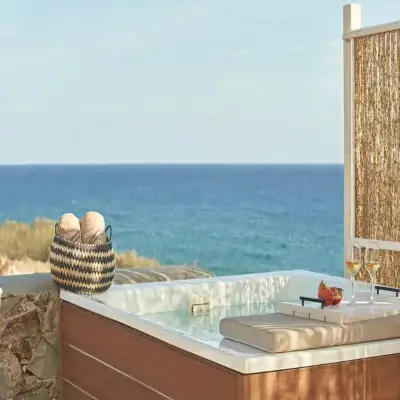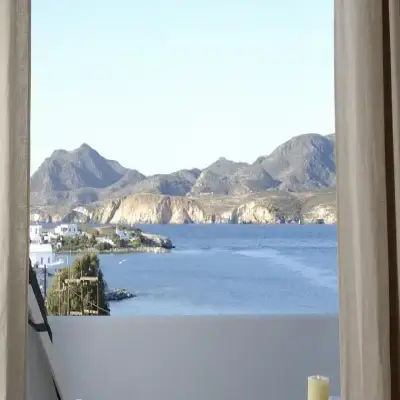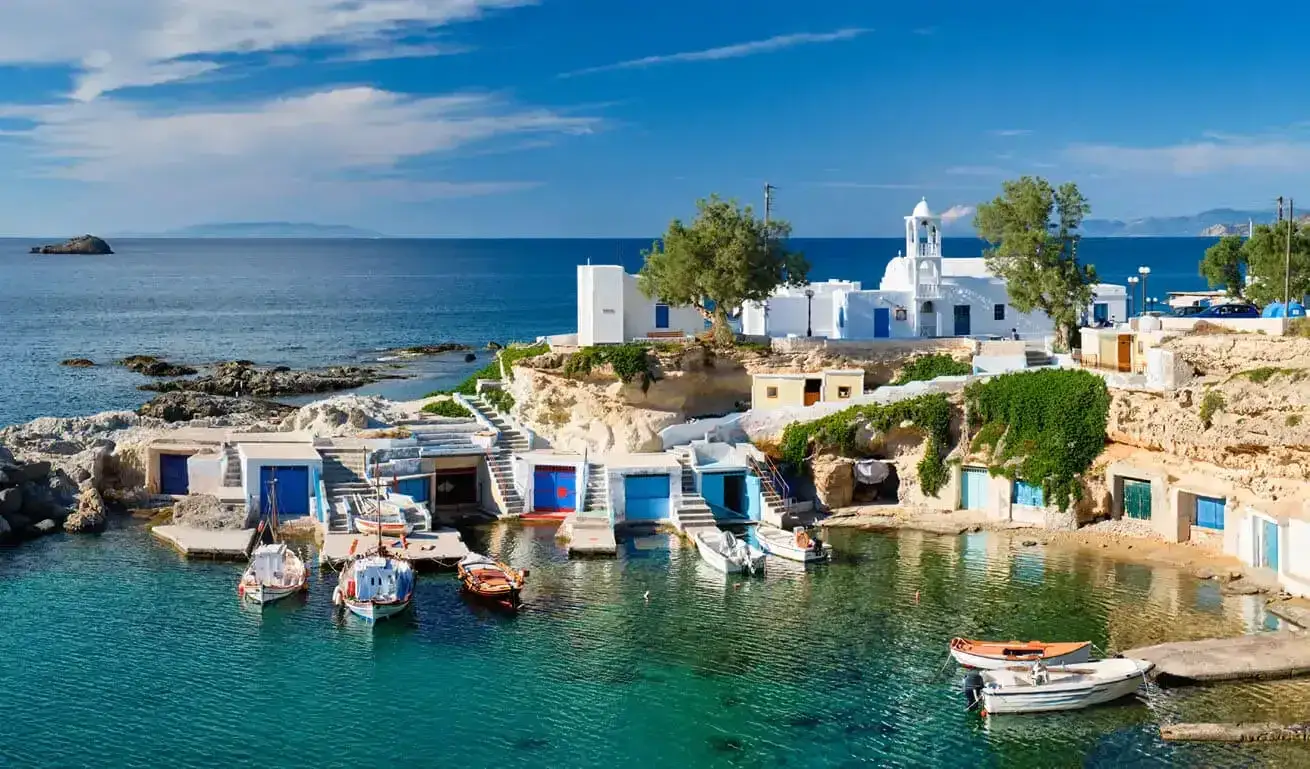
Small & Boutique Hotels in Milos Island
Milos Island stands out among the Greek Islands with its natural beauties and historical texture. Milos, which has a unique geography thanks to its volcanic structure, offers unforgettable moments to its visitors with its fishing shelters carved into the rocks, hidden pirate bays and white rocky beaches. The history of Milos is famous for its pirate hideouts and boats hiding from the sea until the 16th century. Today, traces of this past can be seen in every corner of the island. If you are planning to visit Milos, you should definitely check out the island's unique villages, beaches and caves that are waiting to be discovered.
Places to visit in Milos Island
1. Kleftiko and Sikia: One of the most impressive natural formations in Milos is Kleftiko. This hidden bay is famous as a hiding place for pirates. You can reach these bays by boat, because it is impossible to reach them by land. Kleftiko is surrounded by white rocks and clear sea. Another favorite place is Sikia Bay. Sikia is surrounded by rocks shaped by nature over thousands of years and is visually stunning.
2. Fishermen's Shelters: One of the most beautiful examples of the historical and cultural fabric of Milos, the fishing shelters are eye-catching with their colorfully painted doors. You can see these traditional fishing houses in the villages of Klima, Mandrakia and Firopotamos. Although most of them have become touristy, the original atmosphere of these villages has been preserved. We recommend visiting these villages in the early morning or late afternoon. If you are planning to swim in the sea, the beaches in these areas are quite narrow and rocky, so it is better to take sea shoes.
3. Papafragas Caves: The Papafragas Caves are one of the most special places on the island. Here, there are natural caves carved into the rocks by the sea. You can enter these caves by boat and the deep blue lagoons in the water are truly spectacular.
4. Sarakiniko Beach: Perhaps the most recognizable beach in Milos, Sarakiniko is famous for its white rocks. The white rocks merging with the sea give it an almost otherworldly feel. To swim at the beach, you need to be careful on the rocks, because it's quite a challenging process to get out of the rocks. You can reach Sarakiniko on foot and it's definitely the perfect spot for taking photos.
5. Chora The capital of Milos, Chora is a delightful place to visit with its narrow streets, colorful shops and restaurants. There are many cafes and restaurants where you can taste the flavors of Greek cuisine. The sympathetic atmosphere of Chora is one of the places that best reflects the spirit of the island. Also, don't forget to stop by the Palaios patisserie for a taste of traditional sweets.
6. Kimolos Island: Kimolos Island, neighboring Milos, has a very calm and peaceful atmosphere. Unlike Milos, tourism in Kimolos is much less developed and offers a more authentic experience. The crossing to the island is quite easy; mini ferries depart daily from Pollonia. You can take a short day trip to Kimolos or spend a quiet night on the island.
7. Milos Archaeological Museum: Milos is a historically rich island. The Archaeological Museum of Milos, built between 323-146 BC and displaying the statue of Aphrodite, is a great place to explore the history of the island. The statue of Aphrodite is one of the most famous symbols of the island and can be seen here. The Archaeological Museum of Milos is a must-see.
8. Hiking: Hiking in Milos is a great way to discover the unique beauty of the island. The island's various hiking routes offer excellent views of the sea and the island's natural landscape. Starting from Adamas to Fatourena Beach, a 7-kilometer hiking route will be a very pleasant experience for nature lovers.
9. The Volcanic Structure of Milos: The area of Kalamos, southeast of Milos, is another important spot that bears traces of the island's volcanic past. Here, you can still smell the fumes and the smell of sulfur.
10. Achivadolimni: Located west of Milos, Achivadolimni is the largest wetland in the Cyclades and is home to many rare bird species. It is a perfect observation area for nature enthusiasts and a great place for birdwatching. It is an ideal spot for hiking or taking photos.


